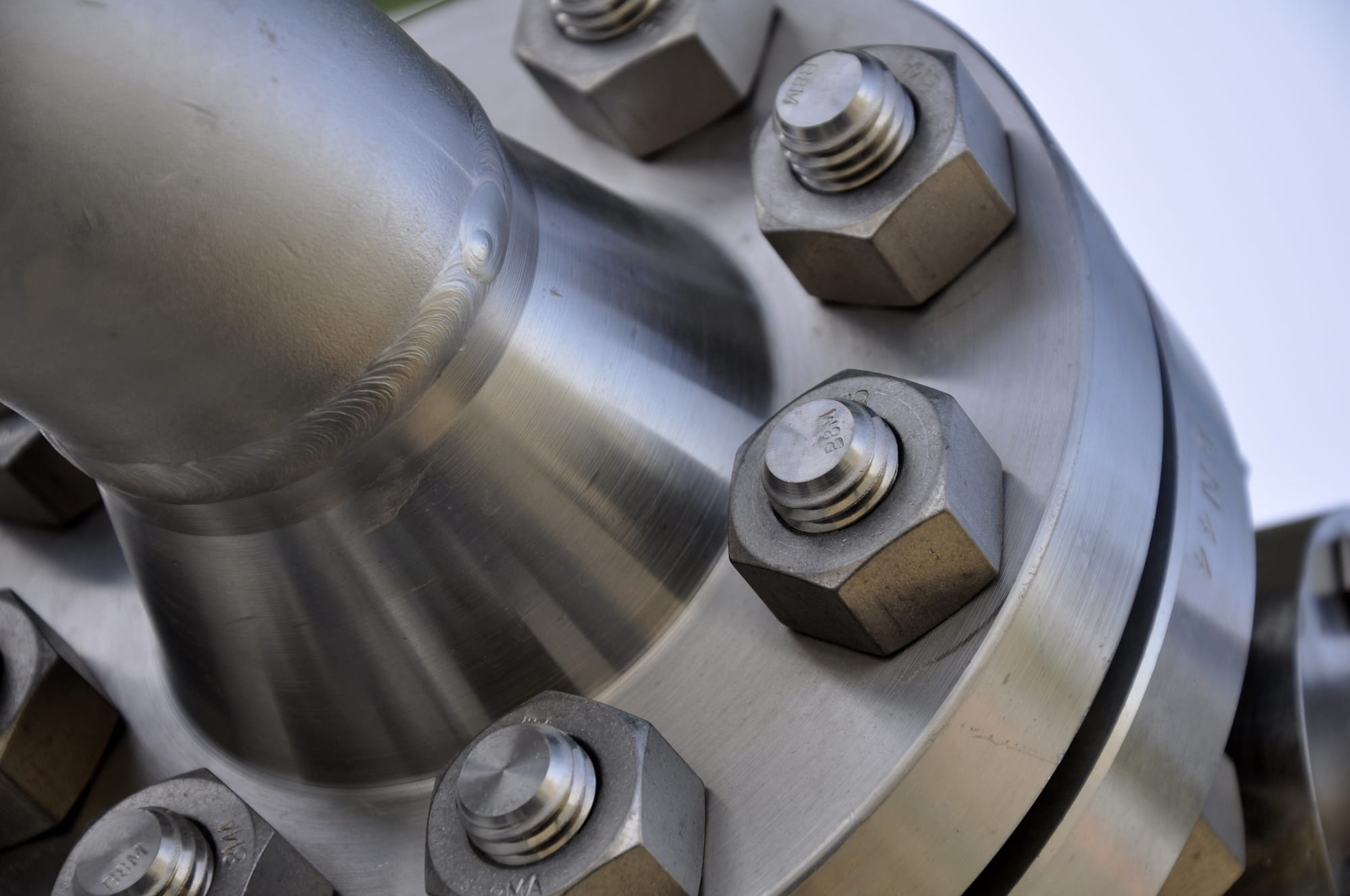Full Size Tensile Testing
Full-size tensile testing is a method of evaluating the mechanical properties of materials, often metals or alloys, using a sample that matches the actual dimensions of the material as it is used in real-world applications. Here’s how the process works:
1. Purpose:
- This test determines the material’s strength, ductility, and ability to resist deformation under tension.
- Testing full-size samples ensures that the results accurately reflect the material’s performance in practical scenarios.
2. Sample Preparation:
- Unlike smaller standardized test pieces, full-size tensile tests use samples of the material as they are produced or manufactured (e.g., bars, plates, or structural components).
- The sample must be prepared carefully to ensure it is free from defects or surface imperfections that could affect the results.
3. Test Setup:
- The full-size sample is placed in a tensile testing machine and securely gripped at both ends.
- The machine applies a controlled pulling force along the length of the sample.
4. Execution:
- The machine gradually increases the tension until the sample deforms or breaks.
- During the test, measurements such as applied force, elongation, and strain are recorded.
5. Key Measurements:
- Yield Strength: The stress at which permanent deformation begins.
- Ultimate Tensile Strength (UTS): The maximum stress the material can withstand.
- Elongation and Ductility: The material’s ability to stretch before breaking.
- Fracture Point: The stress and strain at which the sample breaks.
6. Applications:
- Full-size tensile testing is essential for industries like construction, manufacturing, and aerospace, where understanding the material’s behavior in actual dimensions is critical.
- It provides engineers with data to verify that the material meets safety and design standards.
